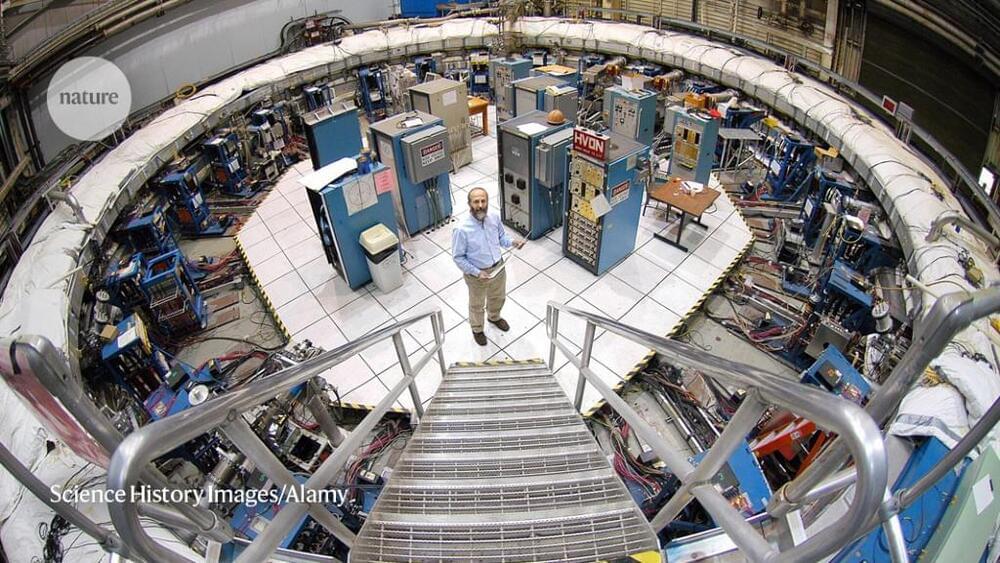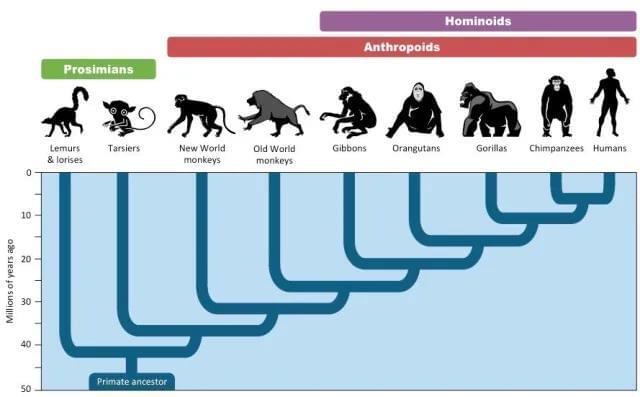Sensing, shape-morphing devices take aim at medical and consumer applications.





The “wobble” of a tiny particle known as a muon is once again challenging our understanding of physics and could be the start of a major discovery, scientists have said.
For the third time, findings from experiments have shown this particle does not behave as predicted by the Standard Model – the rulebook physicists use to describe and understand how the universe works at the subatomic level.
Scientists said their latest results, which have been submitted to the journal Physical Review Letters, reinforce measurements of the muon’s wobble in previous experiments and are even more precise.



The above image may look like a piece of colourful, abstract art, but it is, in fact, a glimpse at the very heart of our galaxy.
Most of us can’t even begin to imagine what lurks beyond our solar system, but astrophysicists in the US have discovered a whole colony of incredible structures at the centre of the Milky Way.
Scientists already knew that mysterious, magnetised strands hang in space, but a new investigation has uncovered a whole new population of them, and found that they are handily pointing in the direction of the galactic centre.

What if you could turn concrete into a viable and effective energy storage option? While that might seem a bit out-of-this-world, that’s exactly what MIT researchers have managed to do, according to reports from New Atlas. A paper on the new concrete supercapacitor is also available in the Proceedings of the National Academy of Sciences (PNAS).
According to this research, MIT researchers were able to take an idea from 2021 – which said that you could store useful amounts of energy in concrete – and scale it up effectively by simply adding a single additive to the concrete mix. The mixture thus became a combination of concrete, water, and carbon black.
When combined, the three components allowed the researchers to create an energy-storing concrete supercapacitor that was easy to scale up, with it only requiring a change from “1-millimeter-thick electrodes to 1-meter-thick electrodes” to go from powering simple things like LED lights to full-blown buildings and homes.
Disclaimer: It’s important to note that this article is solely intended for educational and informational purposes, and no affiliate links are included. The outline for this article was written with the help of AI. All information is open and available to the public.
Emerging Threat: EG.5 Variant Raises Global Concerns
A new and fast-spreading variant of the coronavirus, known as EG.5, is causing worries worldwide. This variant is contributing to at least 8% of new COVID-19 cases, a significant increase from the previous month. To help us understand this situation, we’re joined by Dr. Bob, the Director of the Institute for Autoimmune and Rheumatic Diseases at St. Joseph Health, and an expert in this field.
